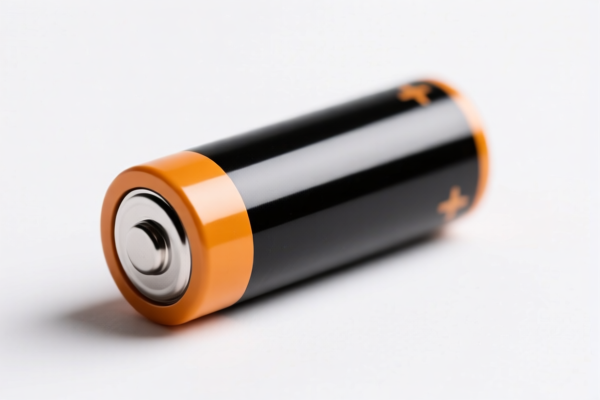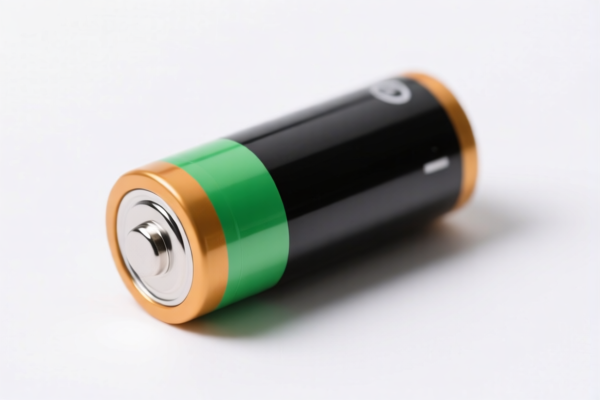| HS Code | Official Doc | Tariff Rate | Origin | Destination | Effective Date |
|---|---|---|---|---|---|
| 9006990000 | Doc | 41.4% | CN | US | 2025-05-12 |
| 8714100050 | Doc | 37.5% | CN | US | 2025-05-12 |
| 8513904000 | Doc | 58.5% | CN | US | 2025-05-12 |
| 8506500010 | Doc | 57.7% | CN | US | 2025-05-12 |
| 8506500090 | Doc | 57.7% | CN | US | 2025-05-12 |
| 8507908000 | Doc | 58.4% | CN | US | 2025-05-12 |
| 8506800010 | Doc | 57.7% | CN | US | 2025-05-12 |
| 8506800010 | Doc | 57.7% | CN | US | 2025-05-12 |
| 9007100000 | Doc | 55.0% | CN | US | 2025-05-12 |
| 8506900000 | Doc | 57.7% | CN | US | 2025-05-12 |
| 8506900000 | Doc | 57.7% | CN | US | 2025-05-12 |
| 8506900000 | Doc | 57.7% | CN | US | 2025-05-12 |
| 8506900000 | Doc | 57.7% | CN | US | 2025-05-12 |




Here is the structured classification and tariff information for the battery product based on the provided HS codes:
✅ HS CODE: 9006990000
Product: Camera battery
Summary: Classified under "Parts and accessories of cameras"
Total Tax Rate: 41.4%
Tariff Breakdown:
- Base Tariff Rate: 3.9%
- Additional Tariff: 7.5%
- Special Tariff after April 11, 2025: 30.0%
- Note: This product is subject to the April 11 Special Tariff and additional tariffs.
Proactive Advice:
- Verify if the battery is specifically for cameras or general use.
- Confirm whether any certifications (e.g., CE, RoHS) are required for import.
✅ HS CODE: 8714100050
Product: Motorcycle battery
Summary: Classified under "Parts of motor vehicles"
Total Tax Rate: 37.5%
Tariff Breakdown:
- Base Tariff Rate: 0.0%
- Additional Tariff: 7.5%
- Special Tariff after April 11, 2025: 30.0%
- Note: This product is subject to the April 11 Special Tariff and additional tariffs.
Proactive Advice:
- Confirm the battery type (e.g., lead-acid, lithium) as it may affect classification.
- Check if the battery is for use in motorcycles or other vehicles.
✅ HS CODE: 8513904000
Product: Charging lamp battery
Summary: Classified under "Parts of portable electric lamps"
Total Tax Rate: 58.5%
Tariff Breakdown:
- Base Tariff Rate: 3.5%
- Additional Tariff: 25.0%
- Special Tariff after April 11, 2025: 30.0%
- Note: This product is subject to the April 11 Special Tariff and additional tariffs.
Proactive Advice:
- Ensure the battery is specifically for use in portable lamps.
- Confirm if the product is sold as a complete unit or as a component.
✅ HS CODE: 8506500010
Product: Lithium battery (button or coin type)
Summary: Classified under "Primary cells and batteries, lithium"
Total Tax Rate: 57.7%
Tariff Breakdown:
- Base Tariff Rate: 2.7%
- Additional Tariff: 25.0%
- Special Tariff after April 11, 2025: 30.0%
- Note: This product is subject to the April 11 Special Tariff and additional tariffs.
Proactive Advice:
- Confirm the exact type of lithium battery (e.g., button, coin, cylindrical).
- Be aware of anti-dumping duties if applicable (check with customs or trade authorities).
- Ensure compliance with battery regulations (e.g., UN38.3, IEC 62133).
✅ HS CODE: 8507908000
Product: Battery sensor (part of electric batteries)
Summary: Classified under "Parts of electric batteries"
Total Tax Rate: 58.4%
Tariff Breakdown:
- Base Tariff Rate: 3.4%
- Additional Tariff: 25.0%
- Special Tariff after April 11, 2025: 30.0%
- Note: This product is subject to the April 11 Special Tariff and additional tariffs.
Proactive Advice:
- Confirm the exact function and use of the sensor (e.g., temperature, voltage monitoring).
- Ensure the product is not classified under a different HS code due to its function.
📌 Important Notes:
- All products listed are subject to the April 11, 2025, Special Tariff of 30.0%, which is in addition to the base and existing additional tariffs.
- Anti-dumping duties may apply depending on the country of origin and product type (e.g., lithium batteries from certain countries).
- Certifications such as UN38.3, RoHS, and CE may be required depending on the product type and destination country.
Let me know if you need help determining the correct HS code for your specific battery type or origin.